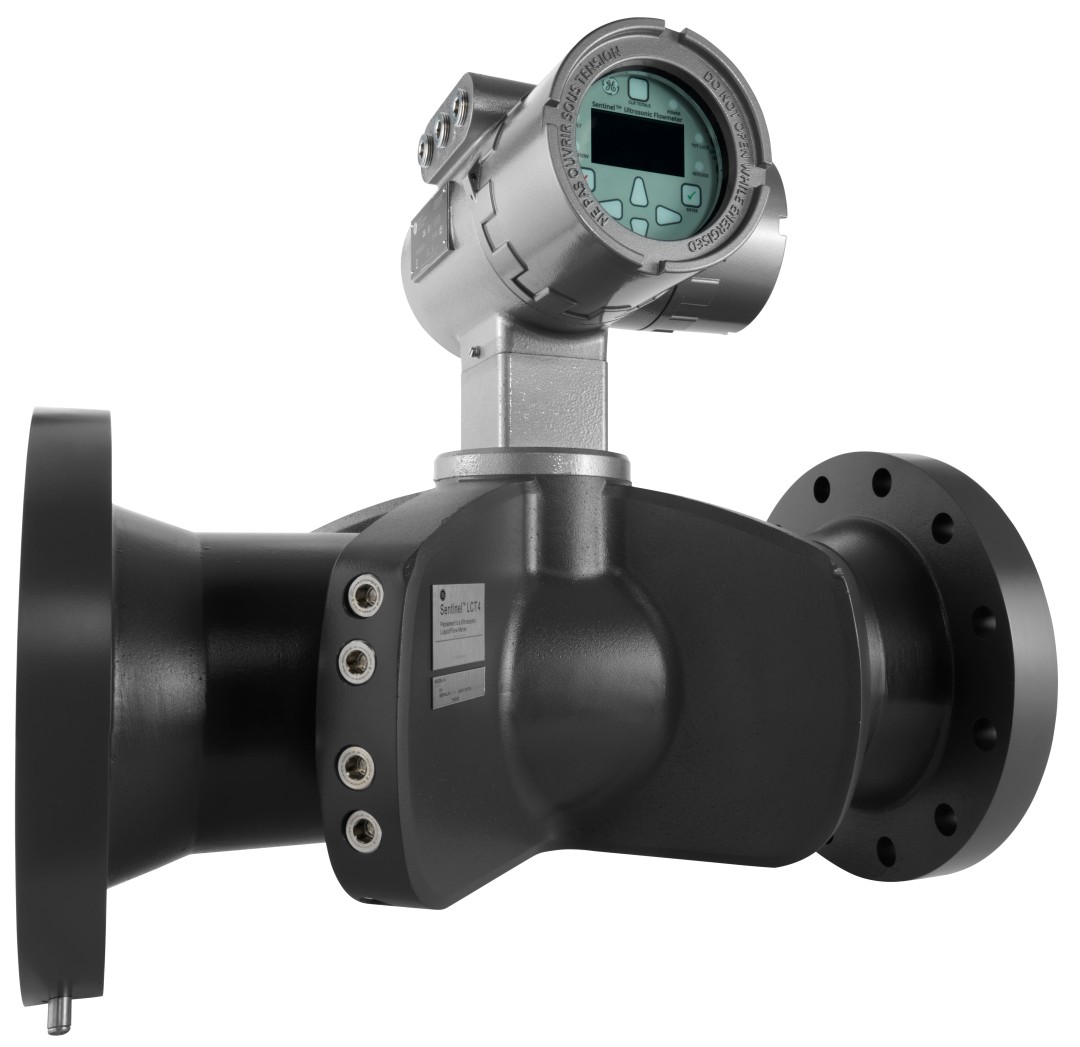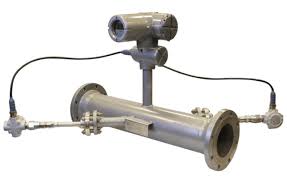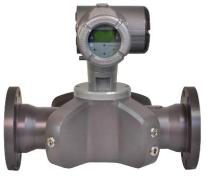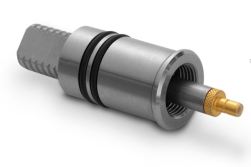The adoption of ultrasonic flow meter technology into process control applications for liquids has been limited to some extent and only applied as a “flow technology of last resort”, when process conditions are beyond the capabilities of other technologies.
It seems that utilizing ultrasonic flow meters (UFM’s) may have; required more engineering hours to write the specifications, longer pipe straight-run to meet the performance requirements, and complicated the procurement process to address a flow meter system comprised of multiple components.

An additional concern is the perception that a UFM’s response time to a step change in flow-rate was too slow for control purposes, unless the computing power of a custody transfer type UFM was employed. Because so many transit-time signals are processed by the CPU to achieve one velocity data point…if there are many “rejections” during the signal processing, the measurement update could be seconds which is a long time in the world of process control. This problem has been solved with more powerful processors. Sample rates in current (non-custody transfer) UFM’s are 256 samples per second or more providing measurement resolution from nanoseconds 10-9 into the range of picoseconds 10-12.
Today we have UFMs available that are priced competitively and fast enough response to be used in many of the more common control applications.
What are some of the other implementation costs that manufactures can eliminate for users?
Compact meter body designs that reduce footprint size
 Custom manufactured flow bodies often require complicated transducer installation methods and multiple components. The installed system footprint can be much smaller than the working clearance that must be provided so that the system can be serviced. For example, maybe 2′-3′ working clearance on both sides of a pipe to allow for transducer removal.
Custom manufactured flow bodies often require complicated transducer installation methods and multiple components. The installed system footprint can be much smaller than the working clearance that must be provided so that the system can be serviced. For example, maybe 2′-3′ working clearance on both sides of a pipe to allow for transducer removal.
For example, a custom manufactured flow body in a 3″ nominal size with 150# ANSI flanges would be 30″ face to face and a width of 40″ versus the compact cast flow body meter with a 20″ face to face length and 13″ wide.

Shorter pipe straight run requirements for accuracy

While the best practice to assure a “Fully Developed Flow Profile” (for liquids) is 10 pipe diameters upstream and 5 pipe diameters downstream of straight-run pipe, multiple chordal paths and computational fluid dynamics software allow manufactures anticipate and correct for a lack of available straight-run. Today we are seeing accuracies of 0.15% – 0.50% in applications where we used to hope for 1%-2%.
The newer compact meter body retains the advantage of a fully enclosed transducer protected from direct contact with the process fluid and is field replaceable. The small insert design eliminates buffers and reduces port effects that can reduce low flow accuracies.
Lower cost cast meter bodies
![LCT4_0103[1]](https://proinstrumentationcom.files.wordpress.com/2017/04/lct4_01031.jpg?w=430&h=467)
Custom made flow cells can offer benefits such as; the ability to meet flange specifications, biased angles of approach for transducer installation so that higher or lower than usual velocities can be measured, and a wide selection of flow body materials of construction. However for the vast majority of applications, cast meter bodies will meet the process requirements at a much lower cost with shorter lead times, no weld points and no external cables and improved accuracy statements.
These advancements allow ultrasonic flowmeters to be much more user friendly in implementation and a cost effective solution for process control measurements. We look forward to feedback and the user experience in real world application.
